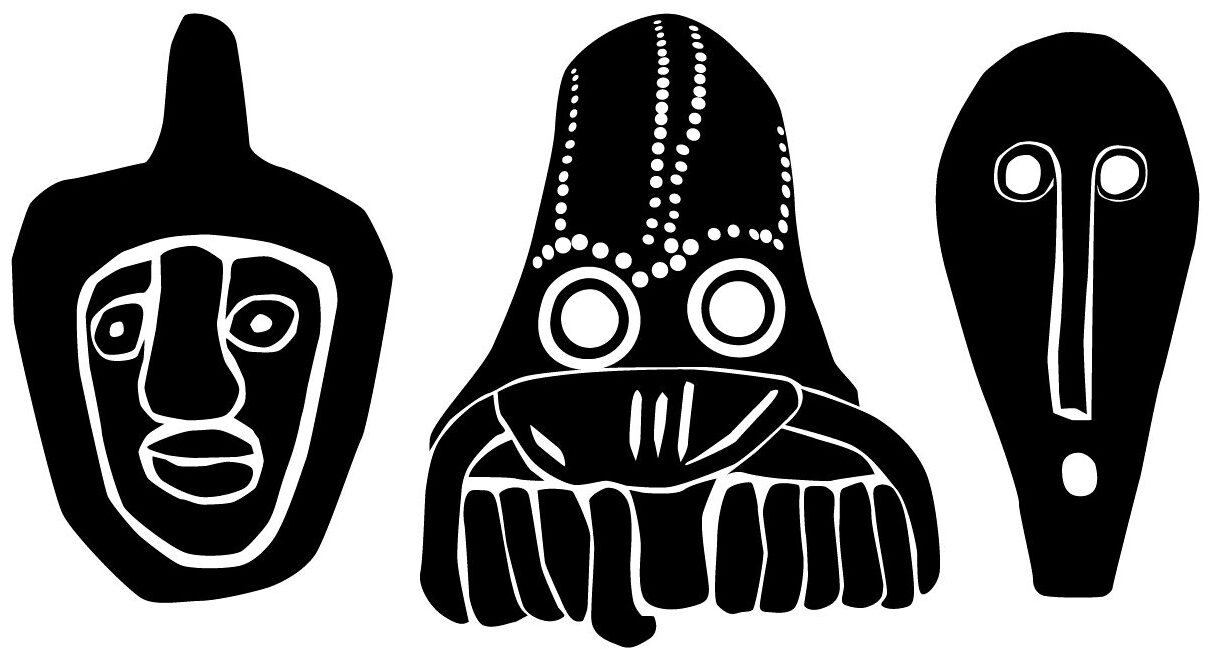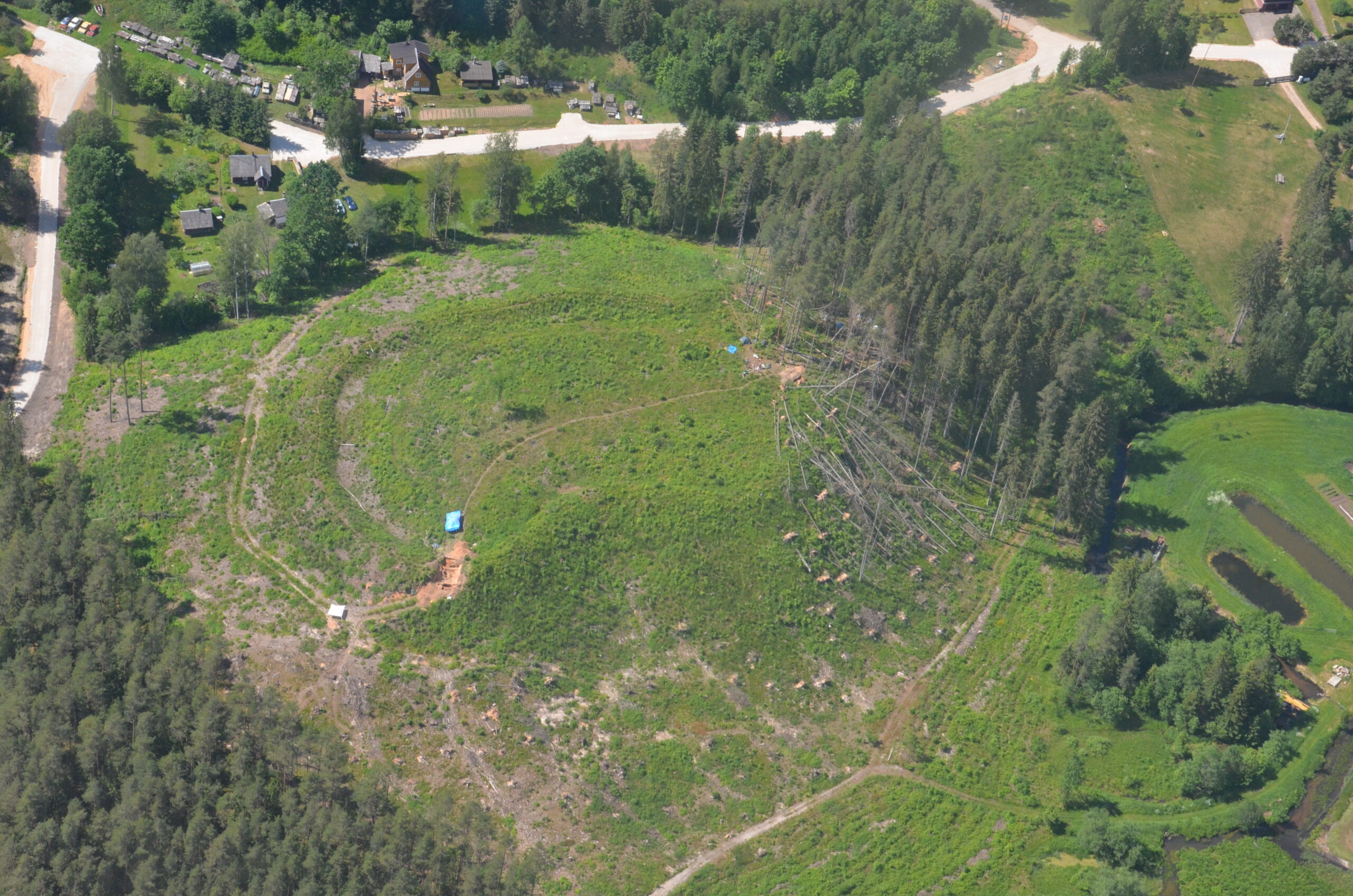The hill fort of Rosma, archaeologically investigated in 1951, 2007 and 2020–2023, is one of the biggest in southern Estonia. Its plateau is surrounded by a circular rampart with two gateways – in the north and in the southeast.
The earliest settlement traces are from the Roman Iron Age, but the site was occupied mainly in the pre-Viking and Viking Age when it was connected by waterways with Lake Peipsi. Cultural layers of that time are weak and uneven, but a small house site (2.5 × 3 m), dug in the ground was found. In the 12th or 13th century the plateau was surrounded by a circular rampart of sand, but there are no occupation traces known from the plateau from that time. The biggest excavations took place at the south-eastern gate (see the information board there).
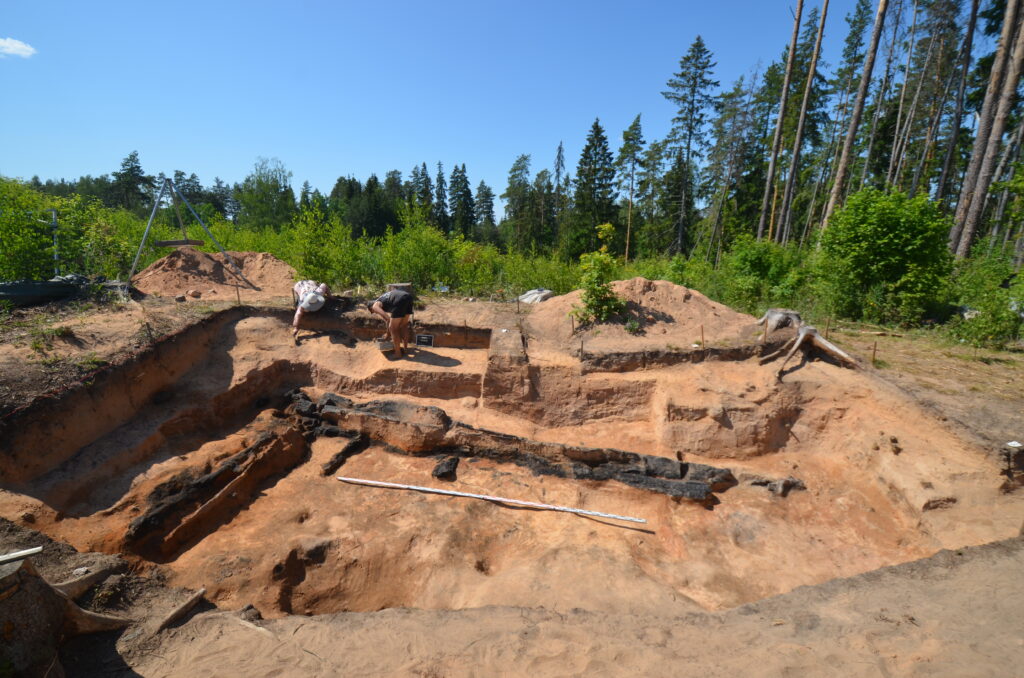
Excavations of the circular pit with 11–12 m diameter, known in local lore as a well site, revealed the burnt remains of a 7 x 7 m light building made of boards. On its bottom there were remains of charred grain – barley and rye which date from the 14th or early 15th century. Probably, the granary refers to a tax-collecting point which existed even after the hill fort had been destroyed and deserted.
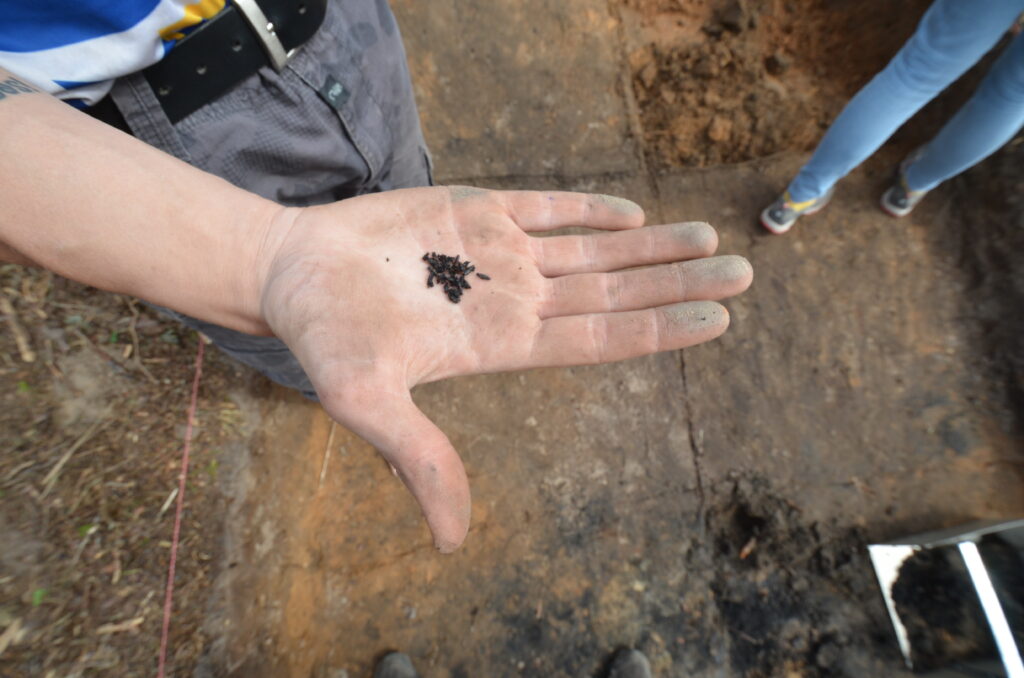
The main gateway of Rosma hill fort
The main gateway of Rosma hill fort was investigated in 2020–2022. The charred fortification remains date from two periods – the 7th–8th centuries and the 13th century. The later phase, probably related to the crusade wars, was represented by brands fallen from top of the rampart. Two logs of ca. 30 cm diameter had fallen perpendicularly across the gateway.
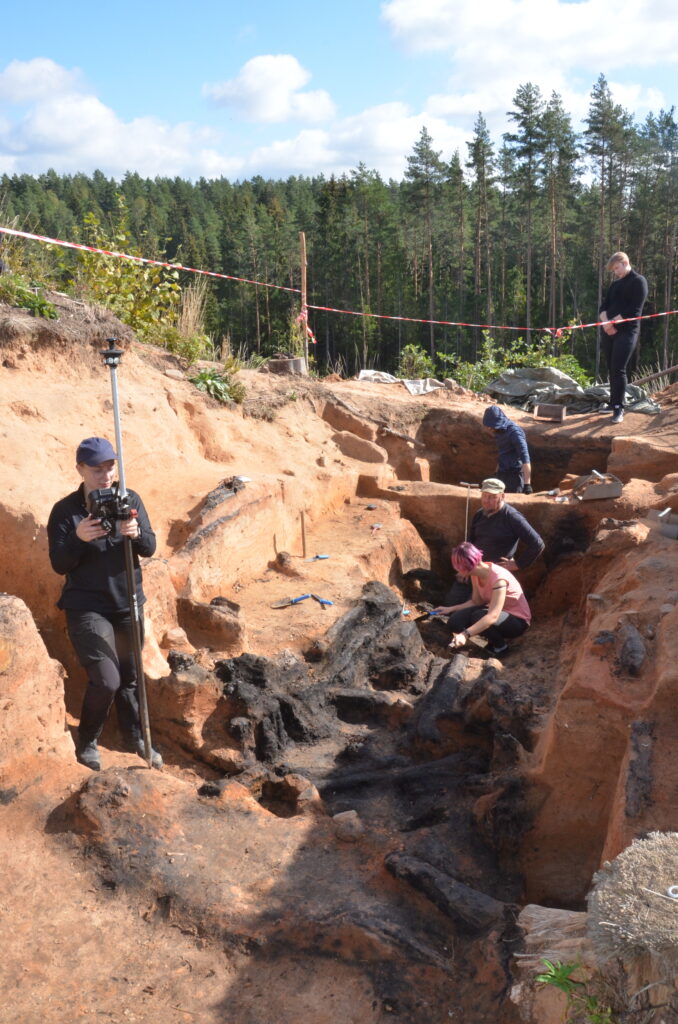
In the bottom of the earlier, 4–5 m long and 1.85 m wide gateway, was an intensively black layer of soot and brands, mainly of ca. 10–12 cm diameter. The gateway was paved with 3–4 cm thick boards. Similar boards, supported from both sides by posts, were also on the sides of the gateway which had been cut through the hill slope. At that time there was no rampart yet, but wooden walls of horizontal rods protected the gateway from both sides. From the bottom of the trench charred remains of a structure made of parallel thin logs lying densely beside each other – probably the gate itself – were found.
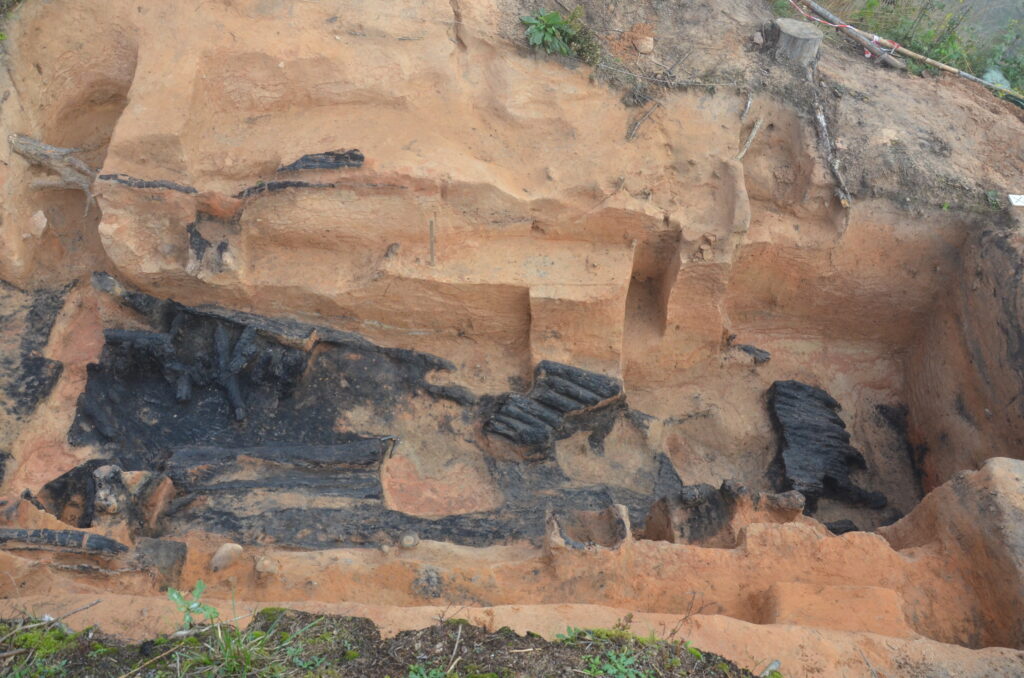
Just after the fire of the 13th century someone had dug pits into the fallen gateway – to look for something he knew to be in the fallen rampart sand. From the 3 pits or their vicinity eight 12–14 cm long iron nails – probable object of search – were found during the excavations.
Find the hillfort on our hillfort map.
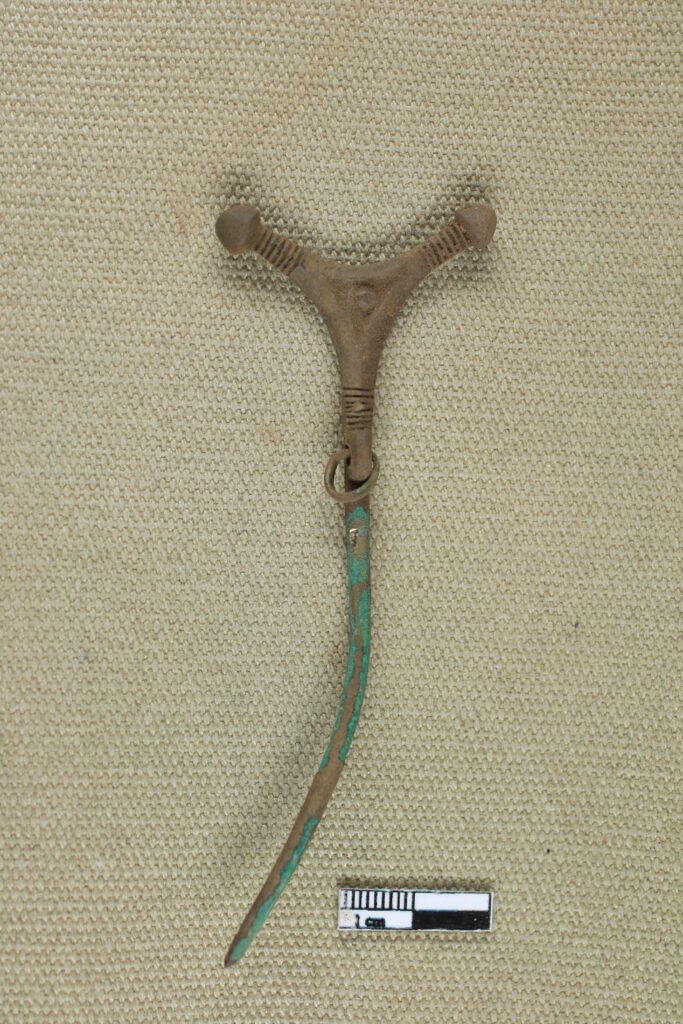
Rosma hillfort is one of the six hillforts which received new information boards in 2023 as part of our Monument of the Year initiative with the help of EArL, Muinsuskaitseamet (National Heritage Board), Eesti Ajaloomuuseumi (Estonian History Museum) and the support of Kultuurkapital.
